ENCYCLOPAEDIA OF INDIAN ARCHITECTURE: HINDU, BUDDHIST, JAIN & ISLAMIC: HINDU: This volume of the book entitled ‘Encyclopaedia of Indian Architecture’ is devoted to the study of Hindu architecture. It has fourty-six chapters. The Chapters in this volume deal with the origin of architecture in India, the architecture of Rgvedic period, the architecture in the later Vedas and Brahmanas, the Vastuvidya in Sutra literature, the settlement patterns, urban planning and architecture of Harappans, the residential architecture of Harappans, the architecture in the age of Ramayana, the architecture in the Mahabharata, the architecture in Kautilya’s Arthasastra, the earliest writers of the Vastusastra, the development of Vastuvidya from first to sixth century A.D. and onwards, the various orders of Indian architecture, the relation of Manasara with other treatises on Indian architecture, two principles of Vastusastra, the door in Indian architecture, the bricks in the vastusastra, the origins of temples and the assimilation of Aryan and Non-Aryan cultures in the Vastusastras. The other chapters deal with the origin of stone architecture in India, various phases of Indian architecture, mauryan dynasty and the foundations of the Indian architecture, fergusson’s classifications of style, the Visnu and Siva shrines, evolution of the temples, The great temples of Elephanta the Early Chalukyan architecture, the architectural style of Chalukyans, the Dravidian style, its genesis, under the Pallavas, the temples of Cholas, the Dravidian style under the Pandyas, the Architecture of the temples of deccan, orissan temples, Khajuraho, Rajputana and central India, temples of Gujarat and West, the Dravidian style under the Vijayanagara dynasty, the kakatiya temples, Lepaksi temple, the architectural style of the temples of Madura, the temples of Gwalior, the town of Brindavan, and the mythological beliefs in city-planning. In short the volume is very much important for the study of Hindu architecture in India. ENCYCLOPAEDIA OF INDIAN ARCHITECTURE: HINDU, BUDDHIST, JAIN & ISLAMIC: BUDDHIST: This volume of the work entitled ‘Encyclopedia of Indian Architecture’ is devoted to the study of Buddhist architecture. It has twenty four chapters. The chapters discuss Buildings during the Rule of the Early Mauryan Dynasty (c. 400 B.C.): Wooden Origins, Asoka and the Beginnings of the Buddhist School (c.250 B.C.) The Stupa and its Symbolism, Architecture of Sungas, Buddhist Rock -Cut Architecture, Rock-Cut Architecture of Hinayana 2nd Century B.C., Buddhist Architecture in Southern India (200 B.C. to 4th Century A.D.), Architecture of Kusanas, the Buddhist Chaitya House, the Mahayana or theistic Buddhist Monasteries of Gandhara (250 B.C. to 450 A.D.), the Vihara or Monastery, Buddhist Architecture of Gupta Period, Architecture of Gupta Period, Architecture of Kausambi of Allahabad Pillar (7th century B.C.), Architecture of Buddhist Monastery of Ghositaram at Kausambi, Mehrauli Iron Pillar (412-415 A.D.), Ancient Indian Universities -Ajanta-Visnu’s Last Avtara, The Tirtha of Ellora, the Evolution of Indian Fine Art and its Infulence on Indian Temple architecture, the Buddhist and Brahmanical remains of Kashmir (A.D. 200 to 1300 A.D.), the Rock -Cut Architecture of the Mahayana Buddhist (A.D. 450 to 642 A.D.), Buddhist Rock-Architecture: The Final Phase (A.D. 600 to 900), Buildings in Brick, Buddhist Architecture of Vidarbha region. In short the volume is very much important for the study of Buddhist architecture in India. ENCYCLOPAEDIA OF INDIAN ARCHITECTURE: HINDU, BUDDHIST, JAIN & ISLAMIC: JAIN: This volume of the work entitled ‘Encyclopaedia of Indian Architecture’ Is devoted to the study of Jain architecture. It has eighteen chapters. discuss Iain Rock-cut caves from Pabhosa, Khandagiri and Udayagiri, Jain caves at Ellora, Jain caves of Maharashtra, Jain caves at Dharasiva, the Jabareshwar temple at Phaltan, Jain Architecture of south India, Jain temples of the Pallavas and the Cholas in Tamilnadu, the Parsvanatha Nagraja temple of South India, Jaina Architecture of Karnataka, Jaina contribution to Art and Architecture of Dharwad Region, Jaina Monuments of Andhra, Influence of Jainism on Andhra Pradesh, the Jain temples Excavated at Gollatha Gudi, Jain temples of central India, Jain Rock-cut temple of Gwalior Fort, the Temple cities of the Jains, Jain temples of Rajasthan and Gujarat. In short, the volume is very much important for the study of Jain Architecture in India. ENCYCLOPAEDIA OF INDIAN ARCHITECTURE: HINDU, BUDDHIST, JAIN & ISLAMIC: ISLAMIC: This volume of the work entitled ‘Encyclopaedia of Indian Architecture’ is devoted to the study of Islamic architecture. It has thirty nine chapters. The chapters discuss The Sources of Islamic Architecture in India. The Delhi or Islamic Architecture in India. The Delhi or Imperial Style: Its Beginnings under the slave Dynasty, The Thirteenth century Mosques at deli and Ajmer -The Qutb Minar, The Delhi or Imperial style: The Buldings of the Khalji Dynasty, The Delhi or Imperial Style: The Tuglaq Dynasty, The Delhi or Imperial Style: The Sayyid and Lodi Dynasties, provincial Style: The Punjab, Architecture of Bengal, Gujarat Architecture, Monuments of Gujarat, Gaur and Gulbarga -Muhammadan in the Fourteenth Century, Architecture -Mandu, Jaunpaur, Ahmedabad, Qutub Shahi Fort Golconda, Vijayanagara and Bijapur, Raichur, Humayun, The Buildings of Sher Shah Sur, The Advent of the Mughals -Sher Shah’s Mosque and Tomb -Humayon’s Tomb, The Mughal Period: Akbar The Great, fatehpur -Sikri -Akbar’s Palace at Agra 16th Century, The Mughal Period: Jahangir: The Transition from Stone to Marble, The Mughal Period: Shah Jahan: The Reign of Marble, HIndu Symbolism -The Design and Building of The Taj Mahal, The Mughal Period. Aurangzeb and After, Khuldabad Islamic Architectural Imprints, Architectural Splendours of Aurangabad from Ancient to Medieval Period, Architecture of Mughal and Modern Buildings, Architecture of the seven-teeth century, Hindu and saracenic Art, Architecture of Jami Masjid (Friday Mosque) Shah Hamadan Mosque and Shalimar Bagh, The Future of Architecture in India- The Buildings of the New Delhi. In short the volume is very much important for the study of Islamic architecture in India.
Encyclopaedia of Indian Architecture: Hindu, Buddhist, Jain & Islamic: Islamic
This volume of the work ...
$200.70
$223.00

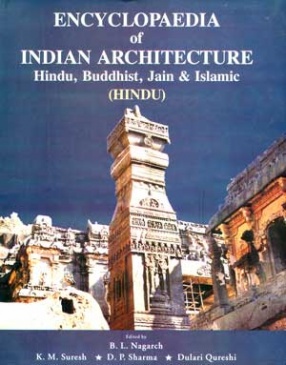
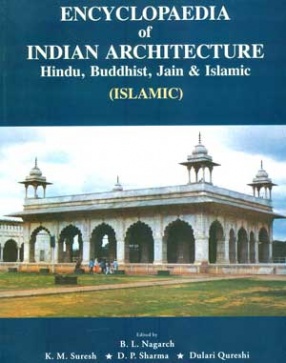
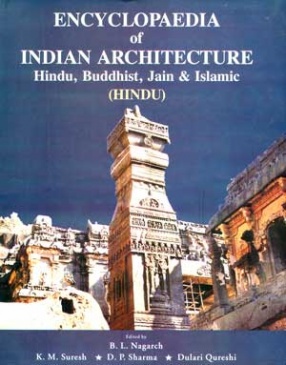
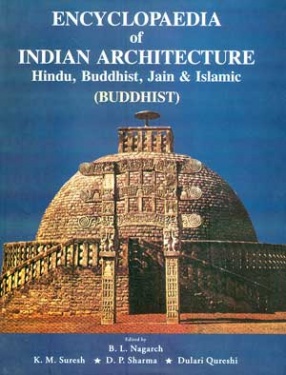
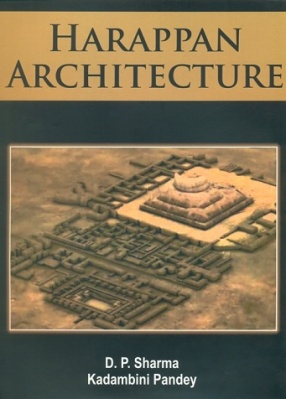
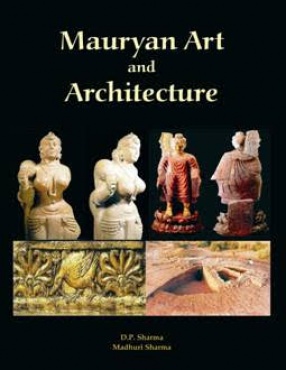
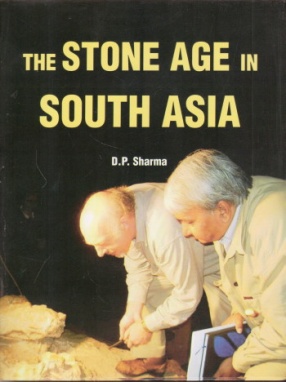
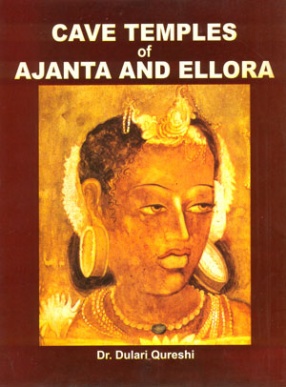
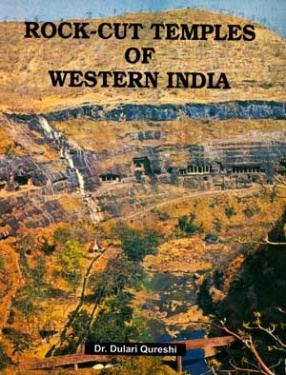
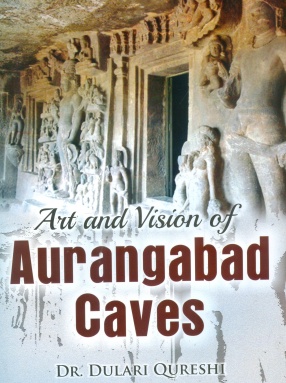
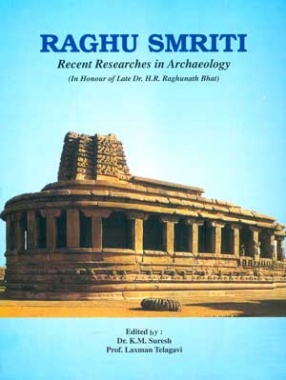
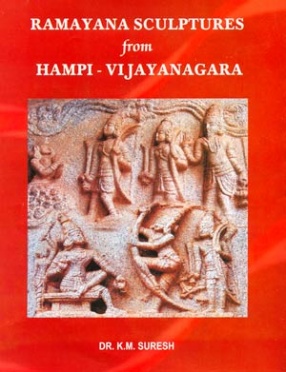
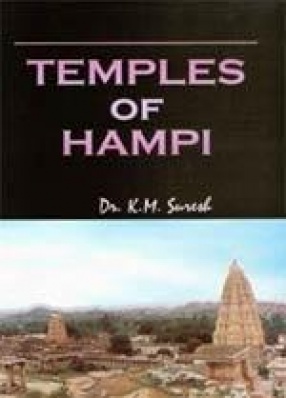
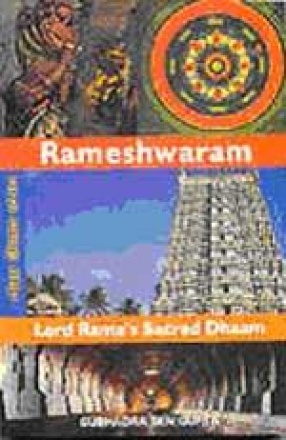


There are no reviews yet.